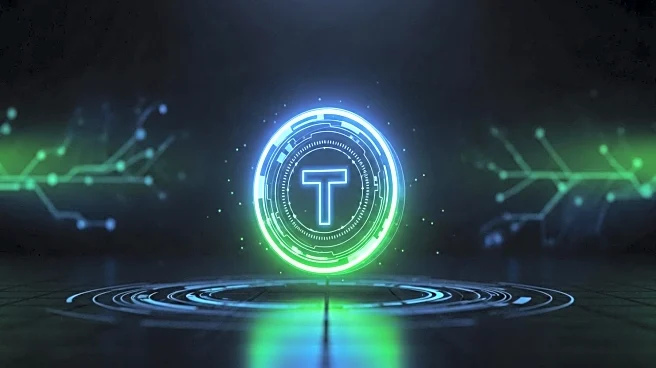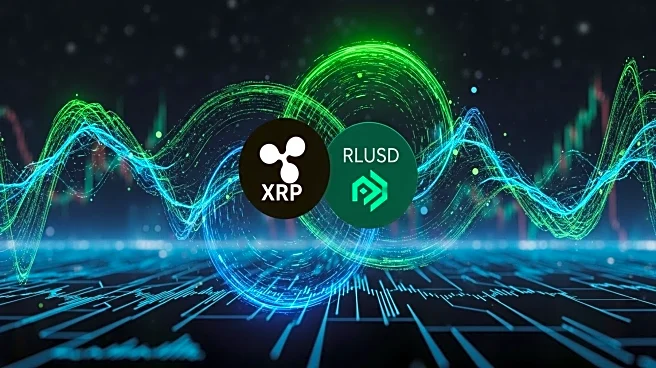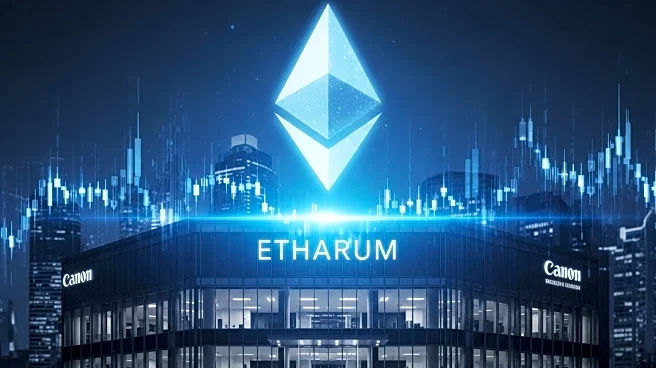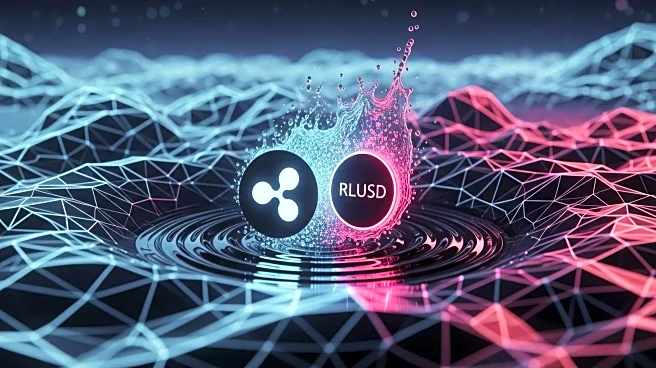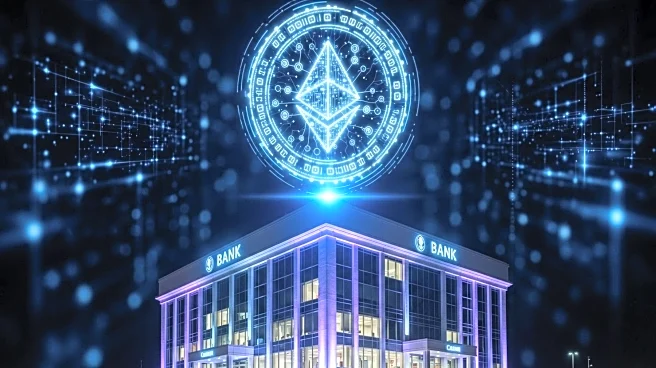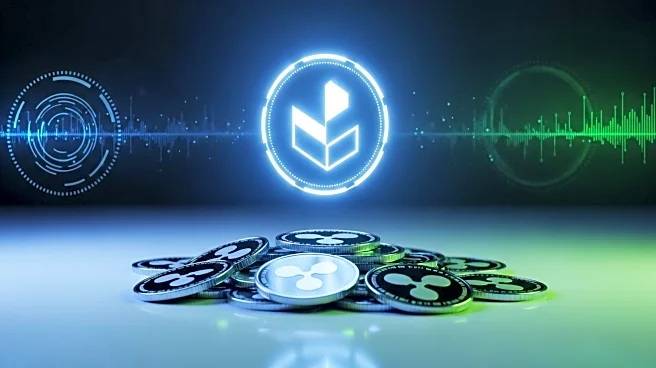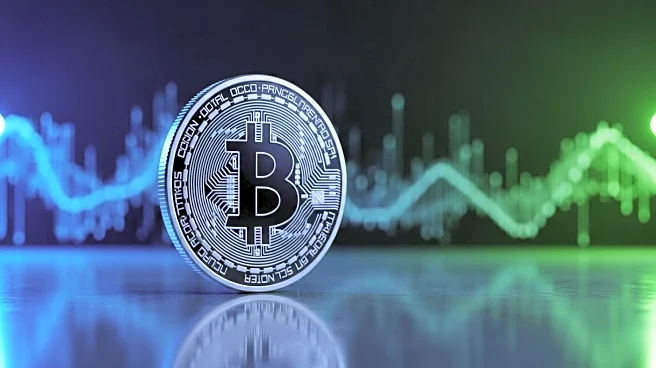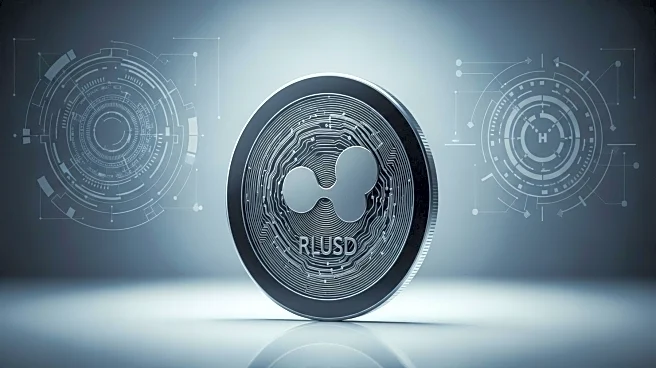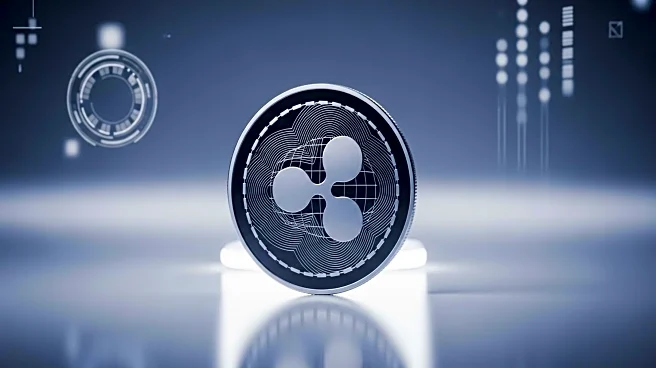What's Happening?
Ripple and BlackRock are spearheading a significant shift in global finance through their strategic partnership focused on asset tokenization. This collaboration leverages Ripple's blockchain infrastructure and BlackRock's institutional expertise to redefine asset management, including U.S. Treasuries and healthcare data. Ripple's OUSG fund, which tokenizes U.S. Treasuries, has reportedly surpassed $23 billion in on-chain assets, highlighting the potential of blockchain in traditional finance. Additionally, Ripple's partnership with SBI Holdings has introduced RLUSD, a U.S. dollar-backed stablecoin, further integrating XRP into institutional portfolios. Despite these advancements, the tokenization market faces challenges such as centralization risks and competition from stablecoins and central bank digital currencies (CBDCs).
Why It's Important?
The partnership between Ripple and BlackRock signifies a transformative moment in finance, with tokenization poised to become a standard practice. This shift could lead to reduced transaction costs, enhanced liquidity, and systemic innovation, benefiting early adopters. However, the centralization of control over crypto markets remains a concern, potentially embedding Ethereum and Solana holders in a non-optional systemic shift. The regulatory clarity provided by the SEC's reclassification of XRP as a commodity has bolstered institutional confidence, paving the way for XRP-based ETFs and increased liquidity. As tokenization gains traction, it could reshape financial markets, offering new opportunities and challenges for investors and institutions.
What's Next?
The tokenization market is projected to grow to $18.9 trillion by 2033, driven by adoption in money market funds, bonds, and private credit. Emerging markets like the UAE, India, and Singapore are leading this charge, utilizing Ripple's XRP Ledger for cross-border payments and CBDCs. As the market evolves, balancing decentralization with scalability will be crucial. Ripple and BlackRock are well-positioned to address these challenges, potentially setting a blueprint for the future of finance. The ongoing competition from stablecoins and CBDCs, along with cybersecurity risks, will continue to shape the landscape.
Beyond the Headlines
The integration of blockchain into healthcare data through the XDNA biometric token highlights the potential for tokenization beyond finance. This move into tokenized identity and medical data systems underscores the ambition to create a universal tokenization framework, bridging financial and non-financial domains. The ethical and privacy implications of such integration will need careful consideration as the technology advances.
